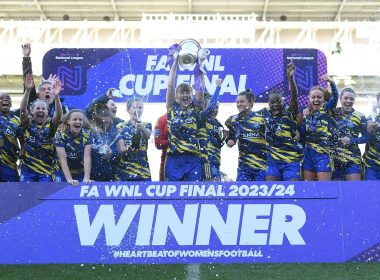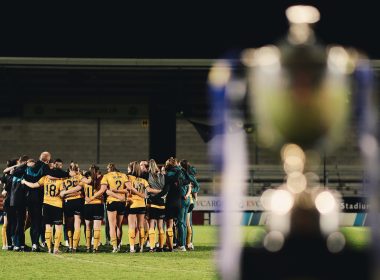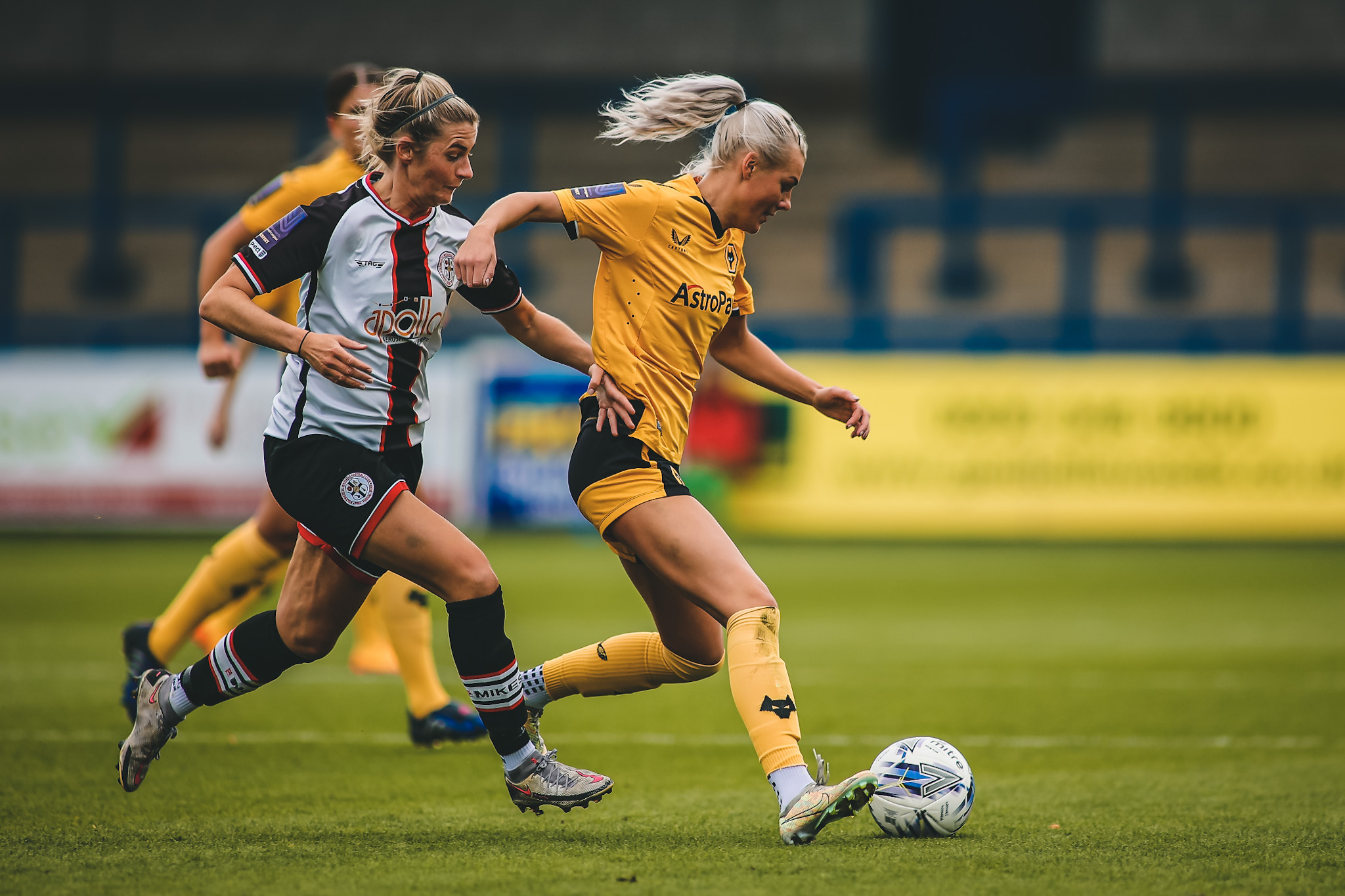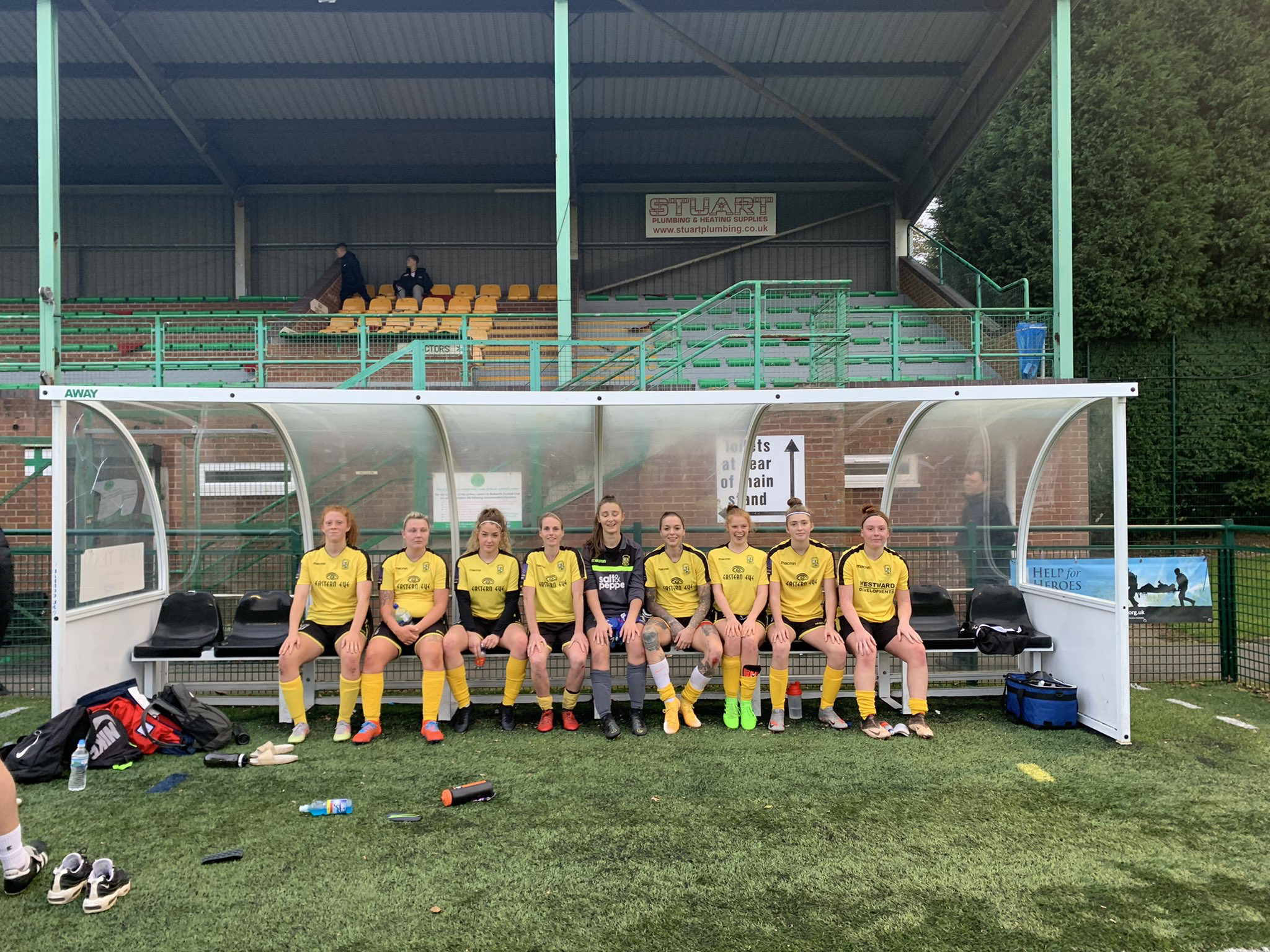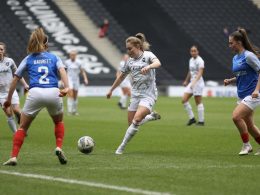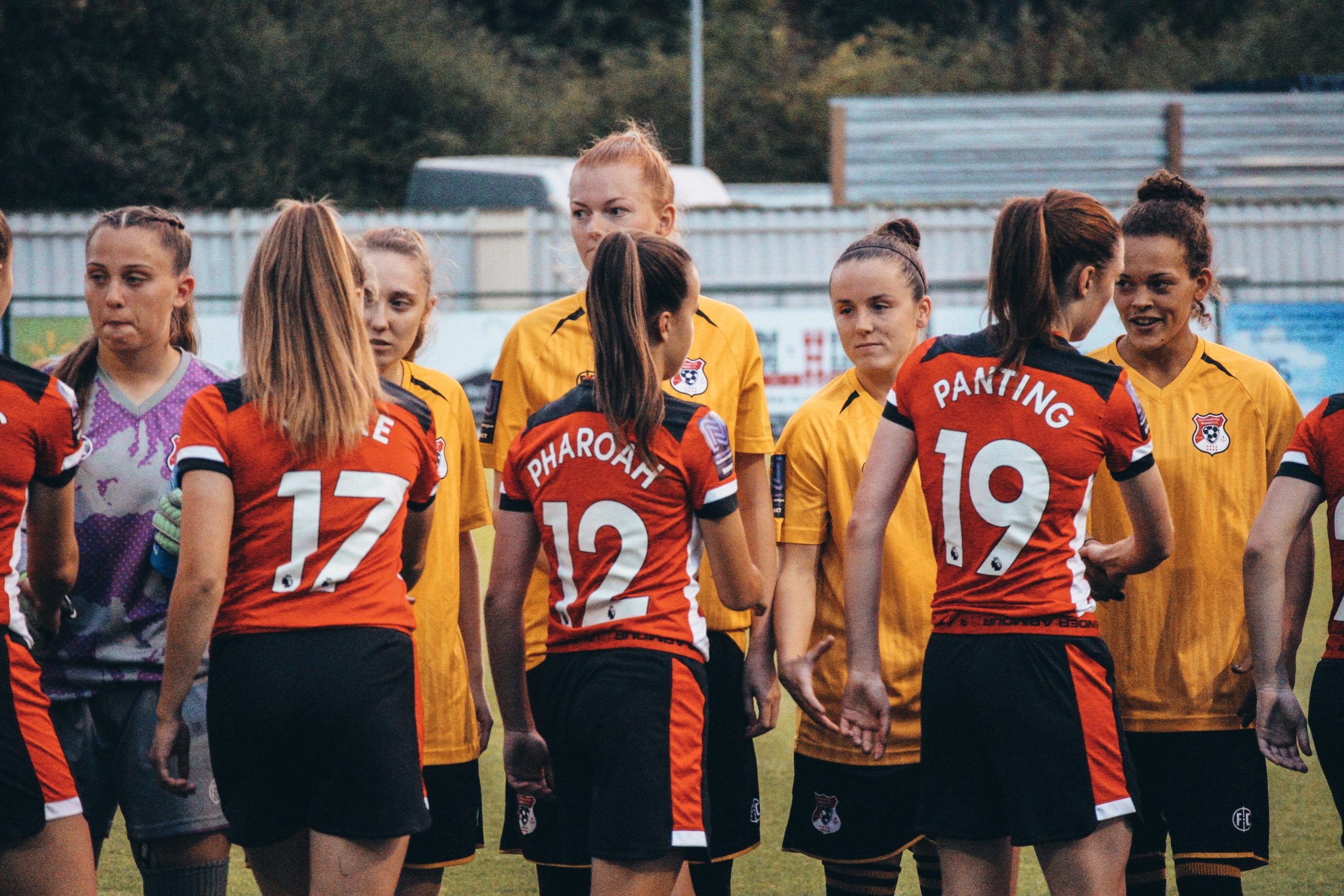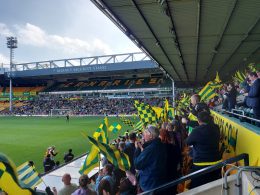With the news breaking late on Friday 25th August that the Management Committee of the FA Women’s National League (FAWNL) were resigning on mass, it reminds us of the end of one Government and the incoming of another. So, in the spirit of that, what should the new Management Committee’s objectives be for its first 100 days in charge.
Social Media/Promotion
The FAWNL Brand is strong with a good logo and a great tagline – “#HeartBeatOfWomensFootball” – for the League. However, the promotion of the League needs to be more professional and far more proactive. The FAWNL Brand is a great product that could really gain traction on the back of the Euro’s and World Cup performances by the Lionesses.
For this to happen, there is a need for a dedicated Social Media lead employed by the FA to manage the promotion of the League and to take things forward building on that brand. They would need to work with the clubs to support them in self-marketing, providing them the tools to promote themselves. Whilst marketing improved last season, the FA now need to step up and work with clubs to obtain and share game footage; provide training for clubs to undertake their own social media campaigns and review the minimum standards of promotion that clubs put out.
This should include embracing new social media platforms and not just relying on old platforms. The League should be sharing latest news during the games to motivate fans and encourage likes/clicks.
This doesn’t mean avoiding mainstream Media, e.g. showing the draws for the League Cup on Talk Sport provided great coverage and was a big improvement. Nevertheless, work needs to start during earlier rounds, encouraging clubs e.g. to get press journalists down to games, this could be support in writing match reports and sharing with local newspapers, or to support in inviting national media for title deciding games.
Communication
The need for stronger promotion links with the need for more open and honest communication. Part of the issue around the World Cup Final & Opening Day was a lack of clear & open communication. For example, the minutes from the AGM are kept secret so only those attending know what was said, but if they had been public then some of the questions/issues would have been closed out early.
I genuinely believe that more transparency would have addressed many individuals’ concerns both in the run up to the opening day, as well as after, with the rumours around why the FAWNL Management Committee resigned.
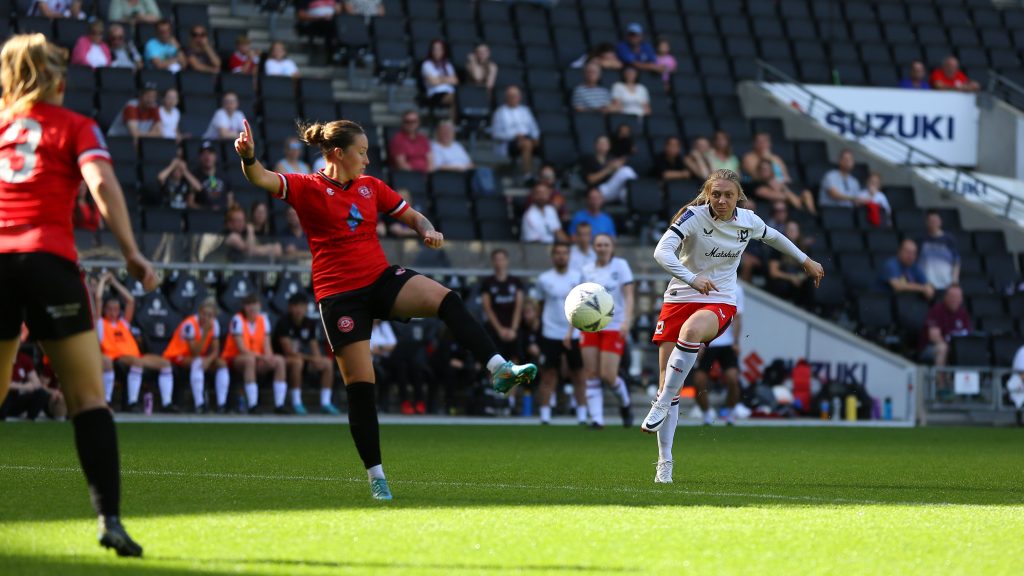
There have been other decisions that have been made where no one appears to understand the reasons why, including suspensions. With the FA taking over, we expect to see formal notification via the “FA Spokesperson” similar to other leagues. This will allow fans to understand rather than speculate.
So, let’s see more open and transparent communication, including the publishing of AGM minutes & the FAWNL Rule Book., as well as two-way conversations with the clubs. The clubs know what is going on at the “coal face” of the League, and after being blamed for the League starting on the 20th August (the day of the Women’s World Cup Final), they need to feel they are being heard. This of course leads into…
Relationships with the Clubs
The relationship between the League and Clubs (and between Clubs) was tainted by the arguments around the World Cup Final and what should happen. You shouldn’t have clubs in the same League threaten to sue each other for example.
As such the clubs need to be brought on board with the new Committee, this could mean drawing lines under issues such as the “Halifax vs Newcastle” game with warnings to the clubs that refused to play, but no more.
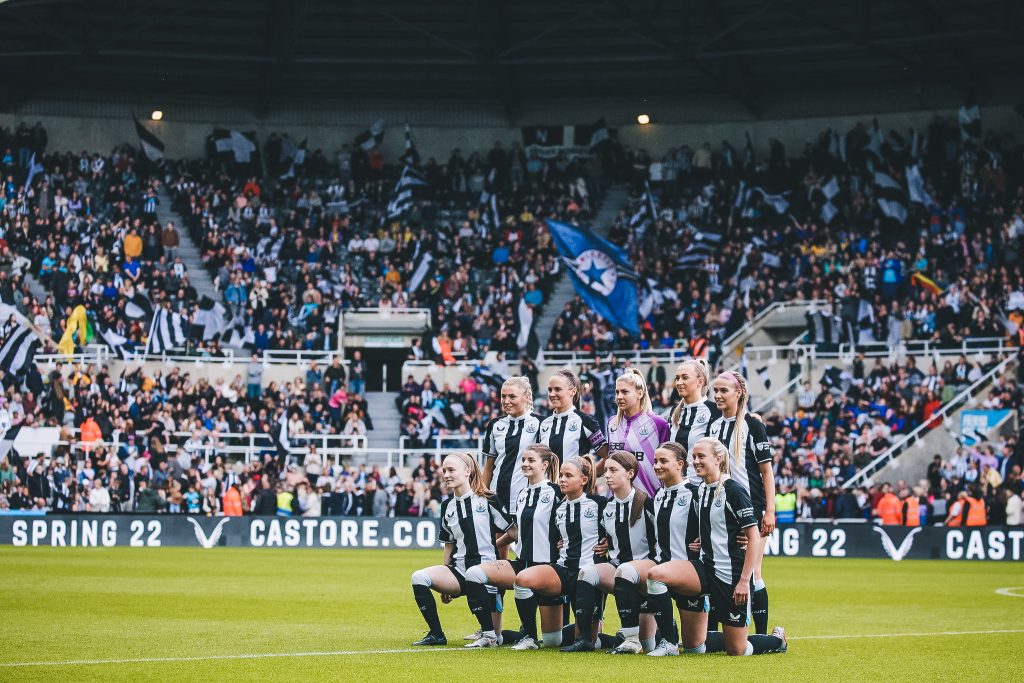
A more conciliatory tone when dealing with clubs and listening to them in general will go a long way to improving relationships. Fresh faces from the Clubs are also needed on the management committee, to provide an insight from them.
Fan and Player Relationships
Linked to improving the relationships with Clubs, is improving relationships with two of the other key parts of the FAWNL game, the Fans and the Players.
It became clear that at the last the AGM there was no representation or consideration of the Fans or Players. Whilst it would be ideal that Clubs represent Players and Fans with the current situation where:
Players are “out of contract” by the time of every AGM
Clubs are becoming more professional and so at arm’s length from Fans
It is important that these two groups can be represented at the AGM with full voting rights. This could be done via organisations like the Football Supporters’ Association and an equivalent of the Professional Footballers’ Association for players at this level of the game.
This would mean that decisions would be after considering the thoughts of Players and Fans.
For players, this could be organised in several ways, but the two most logical ways I believe are:
Club captains for each of the Divisions nominate one of the 12 to attend (so there are 6 player reps from 6 Divisions).
Once no new players can be registered, then players in each division vote for a representative, this could be one T3 and T4 rep or one rep per division.
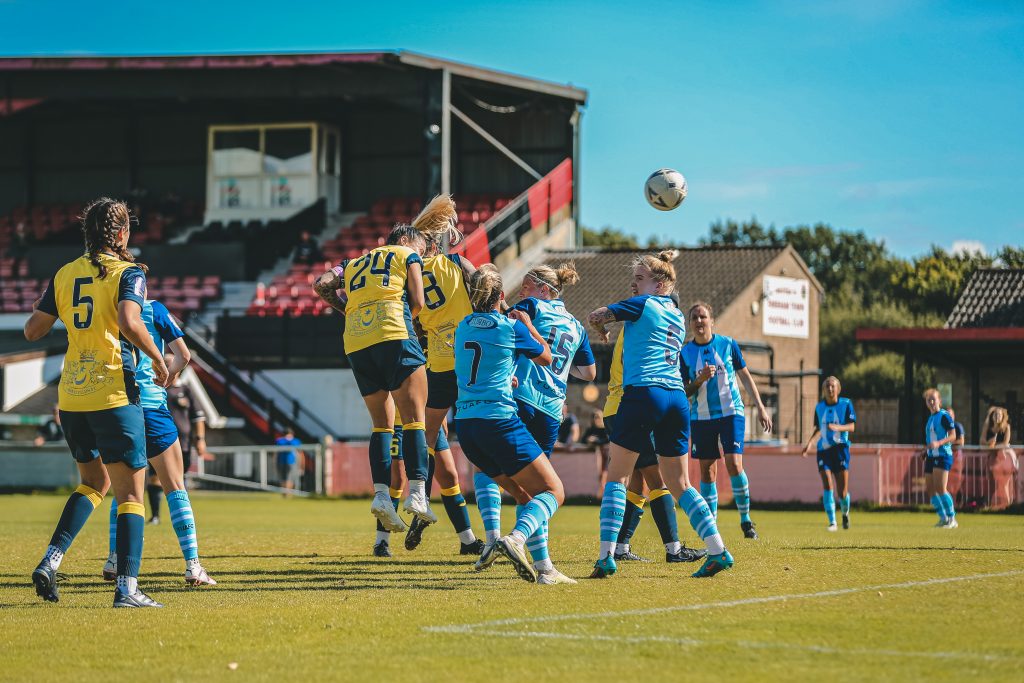
With regards to representing the fans, I would suggest that one or more representative(s) from the Football Supporters’ Association are requested to attend, as they are the primary organisation that represents football fans within the UK.
FAWNL Sponsorship
The new “Management Committee” needs to look at identifying sponsorship for the leagues and cups to provide the prize money. The table below gives an idea of the possible prize money levels from the combined sponsorship for the next season, approximately £203K, for the clubs competing in Tiers 3, 4, Reserves and Cup competitions that could be asked for by the FA. This would increase by10% year on year, for the next three seasons. I’ve also suggested an additional arbitrary £25,000 annual “Administration” cost to go to helping the FAWNL run the Divisions.
| T3 | T4 | Reserves | 1st Team Cups | Reserves Cups | ||
| 1 | £4,800 | £2,400 | £1,200 | Cup | £5,000 | £2,500 |
| 2 | £4,400 | £2,200 | £1,100 | £2,500 | £1,250 | |
| 3 | £4,000 | £2,000 | £1,000 | Plate | £2,000 | £1,000 |
| 4 | £3,600 | £1,800 | £900 | £1,000 | £500 | |
| 5 | £3,200 | £1,600 | £800 | |||
| 6 | £2,800 | £1,400 | £700 | |||
| 7 | £2,400 | £1,200 | £600 | |||
| 8 | £2,000 | £1,000 | £500 | |||
| 9 | £1,600 | £800 | £400 | |||
| 10 | £1,200 | £600 | £300 | |||
| 11 | £800 | £400 | £200 | |||
| 12 | £400 | £200 | £100 | |||
| £62,400 | £93,600 | £31,200 | £10,500 | £5,250 | ||
| Total S’ship | ||||||
| 24/25 | £202,950 | £227,950 | ||||
| 25/26 | £223,245 | £248,245 | ||||
| 26/27 | £245,569 | £270,569 | ||||
| 27/28 | £270,126 | £295,126 |
Table 1: Potential FAWNL Sponsorship and a proposed split of sponsorship into the FAWNL.
To put these figures into context, if a Tier 3 team won the League and Cup, they would get £4,800 for winning the League and £5,000 for the Cup win. However, if a Tier 4 team finished 3rd and won the Plate they would receive £4,000 winnings in total (£2,000 for League & £2,000 for the Plate win).
This rewards success throughout the Season, but also makes every game important as it provides significant rewards and an incentive for every position in the League. In addition, it allows the FAWNL to make the Cup & Plate a national competition earlier, the lack of prize money is part of the reason why it isn’t. Though it’s worth noting, that it’s currently possible for a club such as Leafield Athletic Ladies to be drawn away at Durham, but not away to Rugby under the current arrangement.
The proposed figure for sponsorship turns into circa £750k for the first three years of the sponsorship deal. This is not a significant amount of money for many international brands, such as a company in the size/wealth bracket of a Barclays sized company or many below them as well. As such should be with the right marketing by the FA, this should be achievable noting the success of investment in the FA Women’s Super League sponsorship. Noting that this would be the first sponsorship and is for a league structure with minimal/no TV coverage.

If this Sponsorship could be achieved, this would enable a significant investment in the development and growth of clubs within the FAWNL and provide support for players wishing to progress forward/develop a career in football.
Staffing
It should be clear that the FAWNL Management Committee did a very good job in their personal time as volunteers. However, it is understood that the requirements/amount of work was too much for the number of volunteers and was part of the reason for the Management Committee resigning.
Therefore, losing this significant number of volunteers with the Management Committee resignation needs to be replaced with several full-time staff within the FA and the FA will need to step up their investment and support to the FAWNL. The FA will need staff to take these roles on board, to take on the running of 10 leagues and the subsequent paperwork that goes with that. In addition, they will need to take the lead on the implementation of the FAWNL Strategy which the League is one year into.
These roles should be new, rather than just added to already busy employees’ roles and responsibilities. A key requirement of the roles would also need to be an understanding of and passion for the National League as what has also been lost with the Management Committee resigning is a group of people who genuinely care for the game and all the teams in the league (not just the top few). Getting full time staff into run the league would enable them to further develop and support the smaller/independent clubs to help grow the game.
Handbook Review
In addition to the work on promotion of the league, it would be beneficial to undertake a full review of the Handbook and look at rules such as the “Five Day” rule for rearranging games. With clubs becoming more professional in the preparation for games and the attendance widening to fans of the clubs rather than just family/friends of the players involved, there needs to be more notice around games being rearranged.
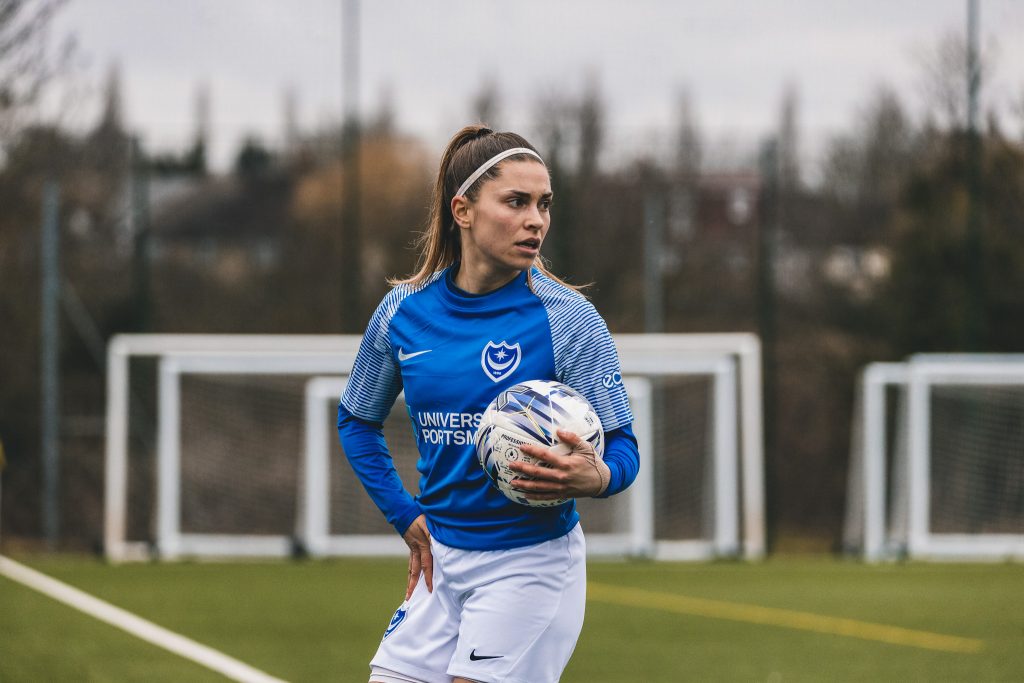
As teams are becoming more professional, what was acceptable for grassroots teams is now different for the teams stepping up their investment. This needs to be reflected in the Handbook and that might mean slightly different rules for Tier 3 and Tier 4.
Whilst the Handbook review can be started in the “first 100 days” it obviously cannot be enacted until the start of next season.
I’m sure that there are further areas that will need to be developed – however, that’s a good starter for 10 in the first 100 days…. Whatever happens, we need to see the progression and development of the FAWNL as it is the (often forgotten) heartbeat of women’s football. Thanks to Stuart (Since 71), Chris Gadsby, Craig (Talking WoSo), Richard Clark & the Wolves Women Pod Team for sharing their ideas that helped build this article.



